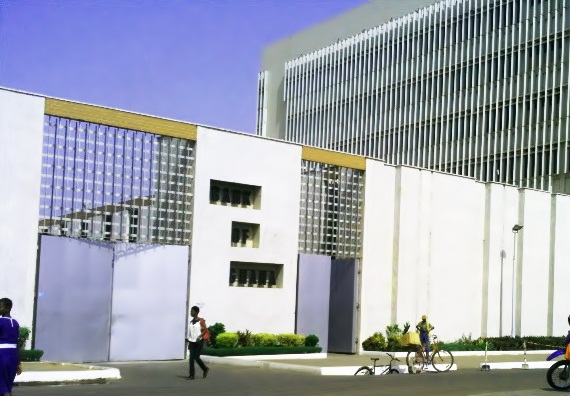Bank of Ghana
The Central Bank of Ghana traces its roots to the Bank of the Gold Coast (BGC), where it was nurtured. As soon as local politicians and economists saw political independence in sight in the mid 1950’s the agitation for a central bank was revived. It was argued that a central bank was one institution which would give true meaning to political independence. It may be recalled that way back in 1947 some leading politicians had called for the establishment of a national bank with central bank functions to act as banker to government and to cater for the indigenous sector of the economy.
Proposals of the advocates for a central bank were accepted and in early 1955 another Select Committee was set up by the Government to take a new look at the Trevor Report and prepare the grounds for the establishment of a central bank in Ghana. Fortunately, the BGC had already set the stage for central banking: all that was needed was specially trained personnel in central banking and suitable accommodation for the bank to take off. By the end of 1956, all was set for the establishment of the Bank of Ghana. A new and modern five-storey building was put up on the High Street, adjacent to the Accra Metropolitan Assembly (AMA) to house both the Bank of Ghana and the Ghana Commercial Bank (GCB).



